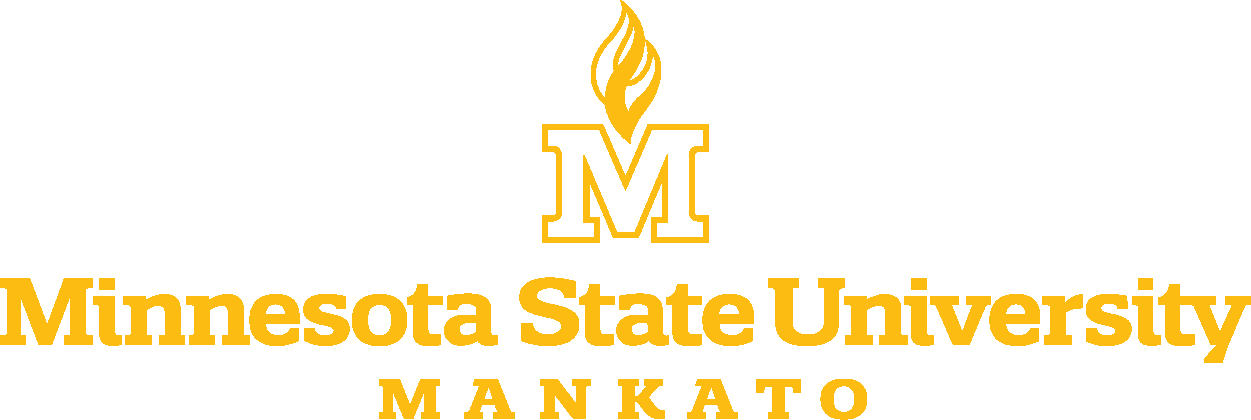Library Media Education. Collection, 1965-1995
Scope and Contents
The Library Media Education Collection consists of items from the Library Media Education Department at Minnesota State University, Mankato. The collection covers the origins and evolution of the modern technology system currently used to teach. From 1965-1995, Mankato State University spearheaded an effort to bring technology into surrounding schools. The collection is made up of correspondences, maps, reports, studies, legislation documents, business plans, financial plans, and department records.
This collection is arranged in two series. There may be some overlap in these series.
Library Media Education Departmental Records
The records primarily reflect the activities of the department from the late 1960s to the 1990s. the This series contains materials relating to the Library Media Education department. Mankato State University spearheaded an effort to bring technology to the class rooms throughout the State of Minnesota. This series contains reports and correspondence.
Technology Evolution and Implementation throughout the State of Minnesota
This series contains information about reasons and motives behind the project to bring distance classes to the State of Minnesota. Mankato State University got permission and funding to set the project in motion and soon after other educational institutions followed suit to bring technology to class rooms throughout the State of Minnesota. This series contains correspondences, newspaper articles, studies, surveys, and legislation acts.
Dates
- Creation: 1965-1995
Creator
- Mankato State College (Organization)
- Mankato State University (Organization)
- Mankato State University. Library-Media System (Organization)
Biographical / Historical
The Library Media Education program at Minnesota State University, Mankato has evolved since its origins. The program started as two separate departments, Library Science and Audio-Visual Technology.
The Library Media Education Program has gone through significant change over the years. In 1929, Mankato State Teachers College began a library training program in the Division of Language and Literature. The College offered this type of training to give students who wished to become teachers a more thorough understanding of the library. The program did not, however, offer degrees. In the 1930s, there was a shift in the program. It changed from Library Training to Library Science. In 1950 the program evolved and the College offered an endorsement for completing the Library Science curriculum. Although the program was not yet a Minor, the program would qualify teachers to be part-time Librarians. During the 1952-1953 academic year, the College offered Library Science as a minor. The Minor in Library Science was encouraged to be taken with a Social Studies or an English Major. During the 1953-1954 academic year, the Library Science program was offered as both a Major and a Minor. However, during the 1963-1964 academic year, the Major in Library Science was dropped, and the Minor was only offered. By the 1960s, the program began to offer Graduate level courses.
During the 1965-1966 academic year, the Audio-Visual Education Program was created. The Audio-Visual Program was placed under the College of Education. The program was implemented to give prospective teachers the skills to use newly developed technology in the classroom. Among these two programs, students could choose from a list of a few Undergraduate and Graduate courses. However, the program did not offer Minors or Majors. The program was to be taken in conjunction with a different Major. By the 1970s, the list of classes that students could take had grown again.
During the 1978-1979 academic year, the Library Science and the Audiovisual Programs were merged together and became Instructional Media and Technology. The program offered two Undergraduate Degrees: Bachelor of Science in Teaching and a Bachelor of Arts in or a Bachelor of Science in Library Media. The program also offered a Master of Science Degree in Media. During the 1980-1981 academic year, the Instructional Media and Technology Program was renamed Library Media Education. They offered only a
Minor in Library Media, but a Master of Science Degree in Library Media and a Specialist Degree in Library Media was also offered. The program remained this way until 2002 when the College of Education reorganized and the Library Media Education program was merged with K-12 Secondary Programs. The K-12 Secondary Programs offers Masters Degrees in Educational Technology, Teaching and Learning, and Library Media Education. The program also offers Specialist Degrees in Curriculum and Instruction, and Library Media Education.
K-12 Secondary Programs Website: http://ed.mnsu.edu/ksp/
Full Extent
5.43 Cubic Feet (6 Archives Boxes)
Language of Materials
English
Abstract
The Library Media Education Collection consists of items from the Library Media Education Department at Minnesota State University, Mankato. The collection covers the origins and evolution of the modern technology system currently used to teach. From 1965-1995, Mankato State University spearheaded an effort to bring technology into surrounding schools. The collection is made up of correspondences, maps, reports, studies, legislation documents, business plans, financial plans, and department records.
Immediate Source of Acquisition
This collection was donated by the Library Media Department at Minnesota State University, Mankato in 2002.
Subject
- Mankato State College (Organization)
- Mankato State University (Organization)
- Mankato State University. Library-Media System (Organization)
Topical
- Title
- Library Media Education. Collection, 1965-1995
- Status
- Completed
- Author
- This collection was processed by Brandon Rykhus
- Date
- 2006-10
- Description rules
- Describing Archives: A Content Standard
- Language of description
- English
- Script of description
- Latin
- Language of description note
- English
Repository Details
Part of the Minnesota State University, Mankato University Archives Repository
Minnesota State University, Mankato
Memorial Library
PO Box 8419
Mankato MN 56002-8419 US
507-389-1029
archives@mnsu.edu

